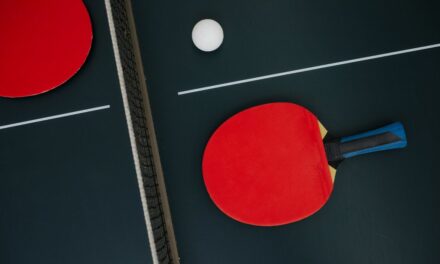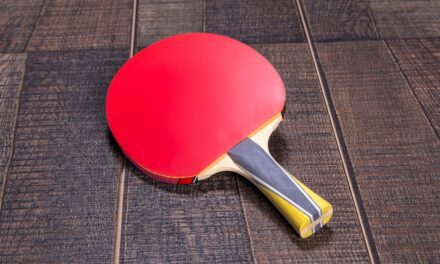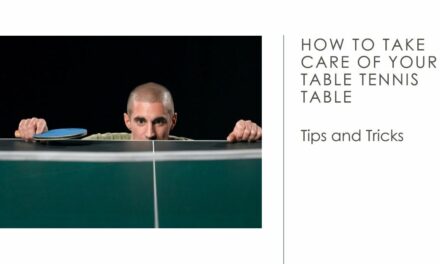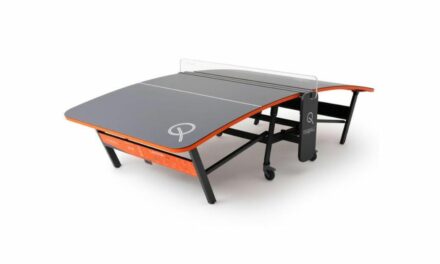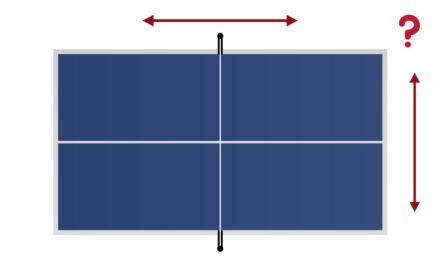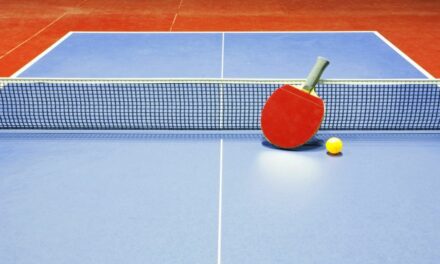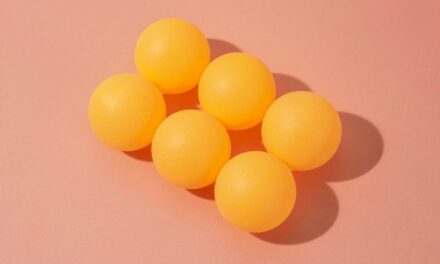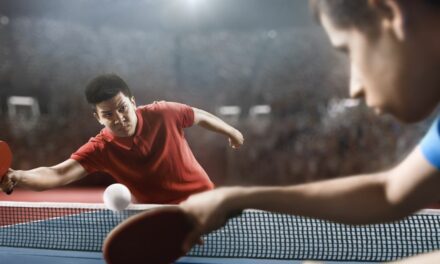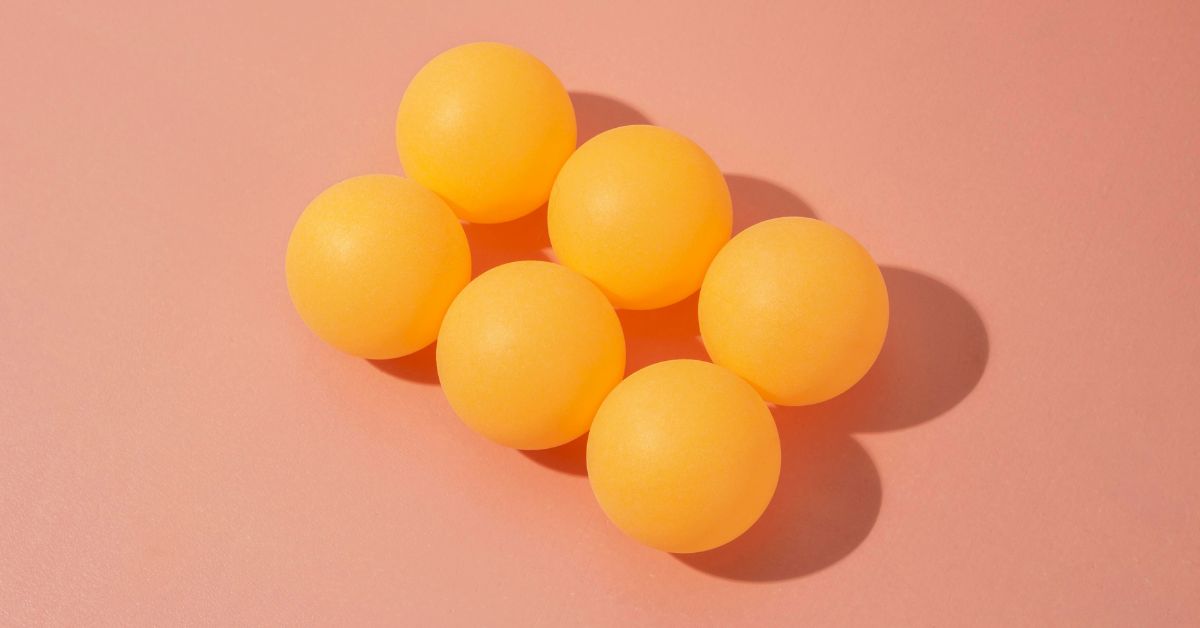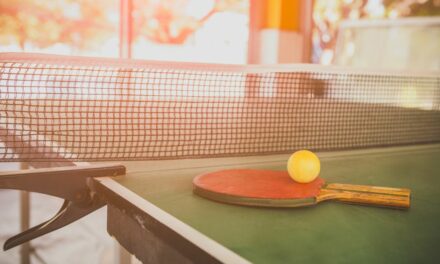Using the best table tennis balls is key to improving your game and playing at your best. A good ball has a more consistent bounce, travels more smoothly in the air, and can take a beating!
But, not all table tennis balls are the same!
In this guide, I explain what to look for when choosing table tennis balls to buy – whether it’s for high level competitive play, bulk buys for training, or just cheap deals on decent quality balls to get you going.
And I also give my reviews and recommendations for the best options in each of these categories.
Let’s begin!
Table of Contents
Choosing the best table tennis balls
Firstly, there are generally a few different types of table tennis balls available to buy in terms of what they’re designed to be used for.
You can get premium, very high quality table tennis balls to suit serious players.
You can get training table tennis balls often sold in bulk.
And you can get cheap table tennis balls on Amazon that are fine for casual players looking for a budget option.
Deciding how many balls you need, what quality you want, and how much you are willing to spend is probably the biggest thing to think about.
The cheapest table tennis balls on my list are fine for probably 70% of players, and the training balls I recommend are even better.
But if you really want to splash out and get the best of the best, check out the premium options – but I don’t think they’re absolutely necessary unless you’re playing at high standards.
Now, some context on what to look for in a good table tennis ball. You should think about:
- Material
- Size
- ITTF star-rating
What are table tennis balls made from?
Modern table tennis balls are made from ABS plastic.
From 2000 to 2014, table tennis balls were made from flammable celluloid, but they were changed in 2014 for safety reasons. As of 2020, there are no more International Table Tennis Federation (ITTF) approved manufactures making celluloid balls.
ABS plastic table tennis balls also last longer and are more round, according to the IFFT’s research, so they’re better for the game (although not everyone agrees!).
To tell if your ball is made from the most modern materials, look for the 40+ mark printed on the ball (not just 40 on its own).
What size are table tennis balls?
Modern table tennis balls have a diameter of 40mm.
Before the year 2000 table tennis balls had a diameter of 38mm, but the ITTF decided to increase their size to slow the game down in hopes of making the sport more spectator-friendly.
If a table tennis ball has ‘40’ printed on it, you know it’s the new and correct size.
What do the stars mean on table tennis balls?
The stars on a table tennis ball are the rating system used by the ITTF to show the quality of table tennis balls used in competition.
A 3-star rating indicates the ball has been approved by the ITTF for use in international competitions and has passed certain standards for weight, size, bounce, and roundness.
I find that 1-star and 2-star table tennis balls are just fine to play with and I can’t always tell the difference. But if you want that best of the best, get some 3-star table tennis balls.
Best High Quality Table Tennis Balls (3-star)
These are my go-to recommendations for the very best table tennis balls you can buy:
- Butterfly 3 Stern G40 Table Tennis Ball
- Nittaku Premium 3-Star Table Tennis Balls
- Tibhar Ball *** 40+ SYNTT NG
My personal favourite are the Nittaku balls simply because of the design and that I’m used to them, but all 3 are top quality, premium table tennis balls fit for high-level competition standards.
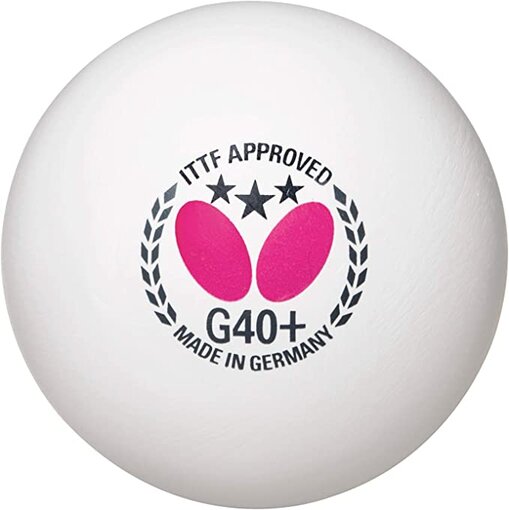

Butterfly 3 Stern G40 Table Tennis Ball
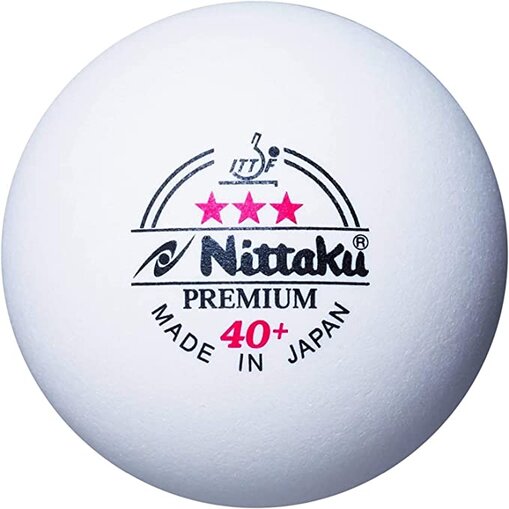

Nittaku Premium 3-Star Table Tennis Balls
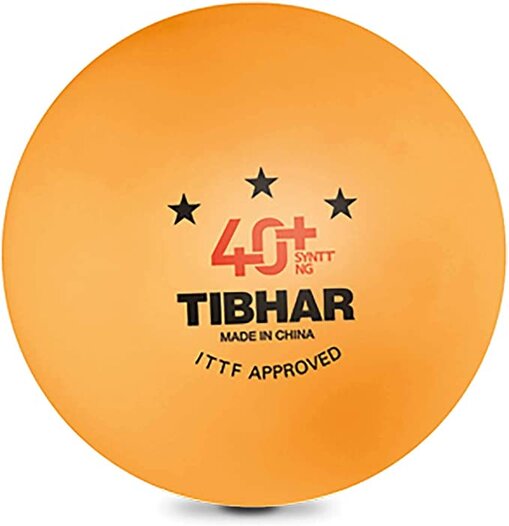

Tibhar Ball *** 40+ SYNTT NG
Best training balls (bulk buys)
The below are my go-to recommendations for table tennis training balls to buy in bulk.
My favourite are the Pongori TTB 900 balls, simply because of their fantastic value for money while also being 40+ 3-star.
But if you want out and out quality, then the Tribhar’s are the slightly better (and more expensive) ball – but remember, the Pongori’s are still 3-star ITTF tournament approved and I really don’t think there’s much difference in terms of quality!
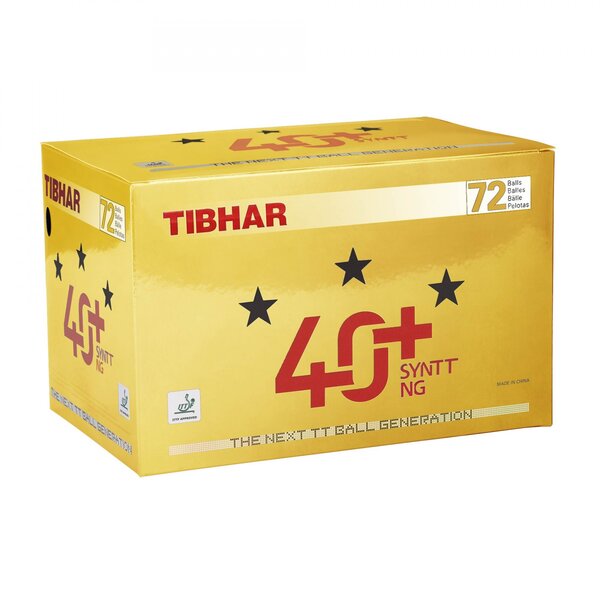

Tibhar Ball *** 40+ SYNTT NG
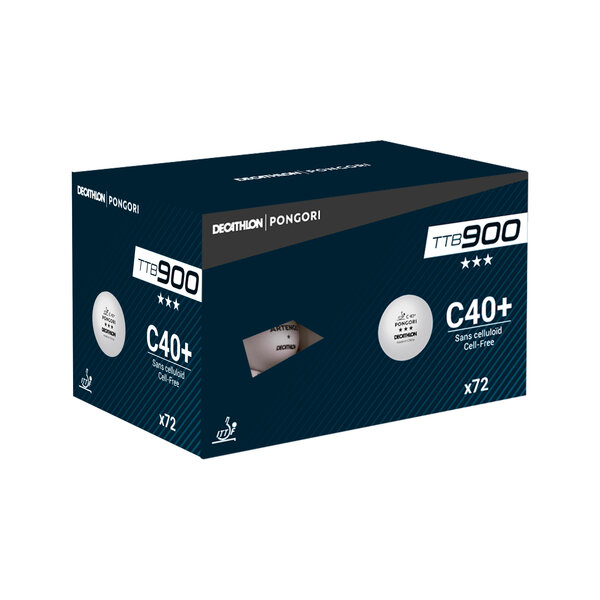

Pongori TTB 900 40+ 3* C ITTF
Best balls for beginners (cheap & good quality)
Finally, a few cheap options that still hold up great for casual play (and are better than some of the knock-offs you get on Amazon).
If you’re looking for 72 balls at the best value for money, the Pongori TTB 900 40+ 3* C ITTF balls above are the best on the market in my opinion.
But if you’re less serious about your game, a cheaper option is Pongori’s basic tennis balls which are not as high quality but unbelievable value for money (and still more than good enough for beginners!).
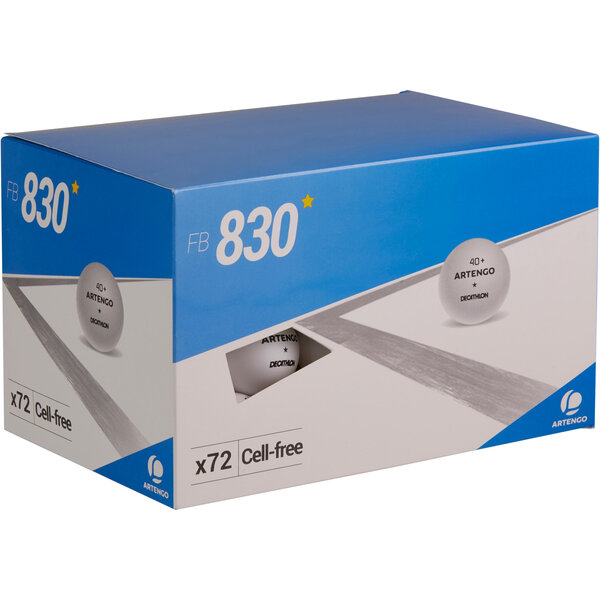

Pongori TTB FB 830+ 1* 40+ X 72
Finally, if you’re looking for just a smaller pack of balls, here’s an option for decent, cheap table tennis balls on Amazon from a trust brand: Cornilleau ITTF 1 Star Plastic Table Tennis Balls (Box of 6)
And a smaller 4 pack of the 3-star Pongori balls (great value!) from Decathlon.
FAQs
Which brand of table tennis balls are best?
Here are some of the best brands for table tennis balls:
- Stiga
- Butterfly
- Tibhar
- Nittaku
- JOOLA
- Pongori
- Cornilleau
What are the best outdoor table tennis balls?
The best outdoor table tennis balls are the same as my recommendations above.
You don’t need a different or special ball for outdoor table tennis, so the picks above should do you fine.
What’s the difference between a ping pong ball and a table tennis ball?
There’s no difference between a ping pong ball and a table tennis ball. They are just different terms used in different parts of the world.

